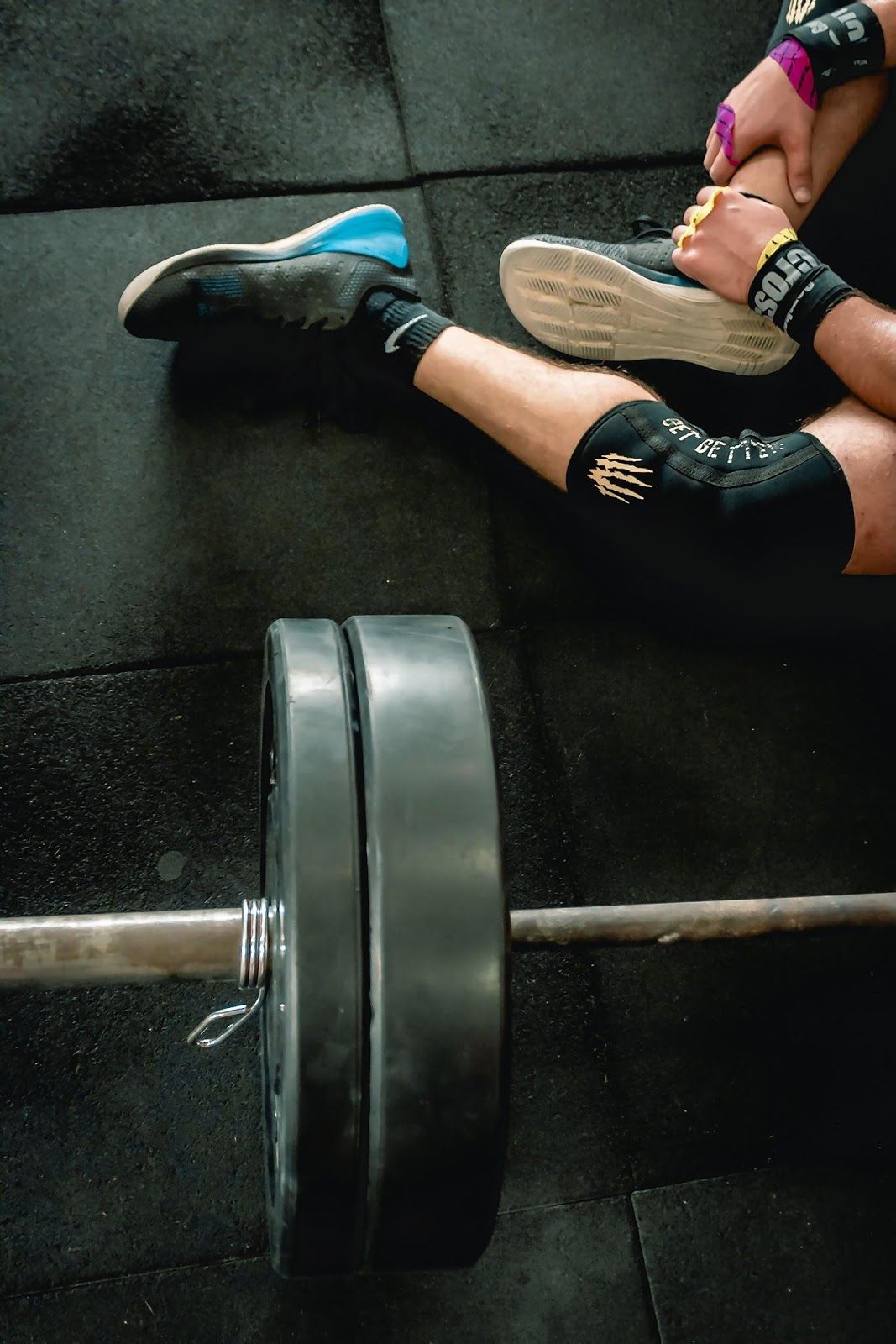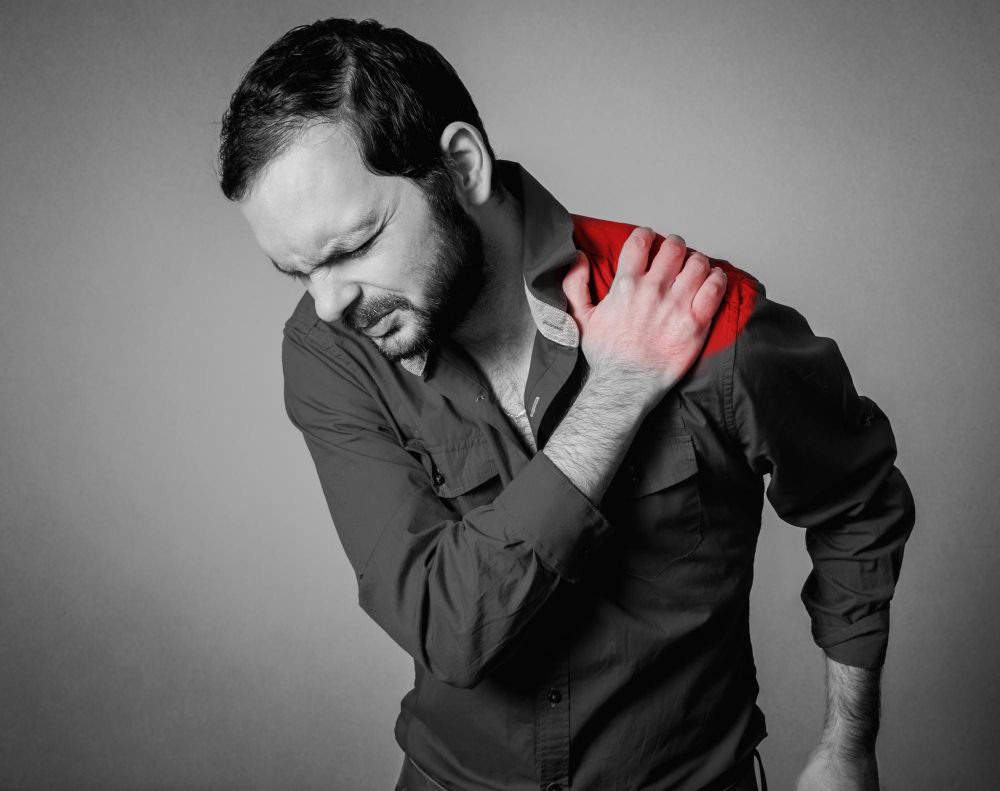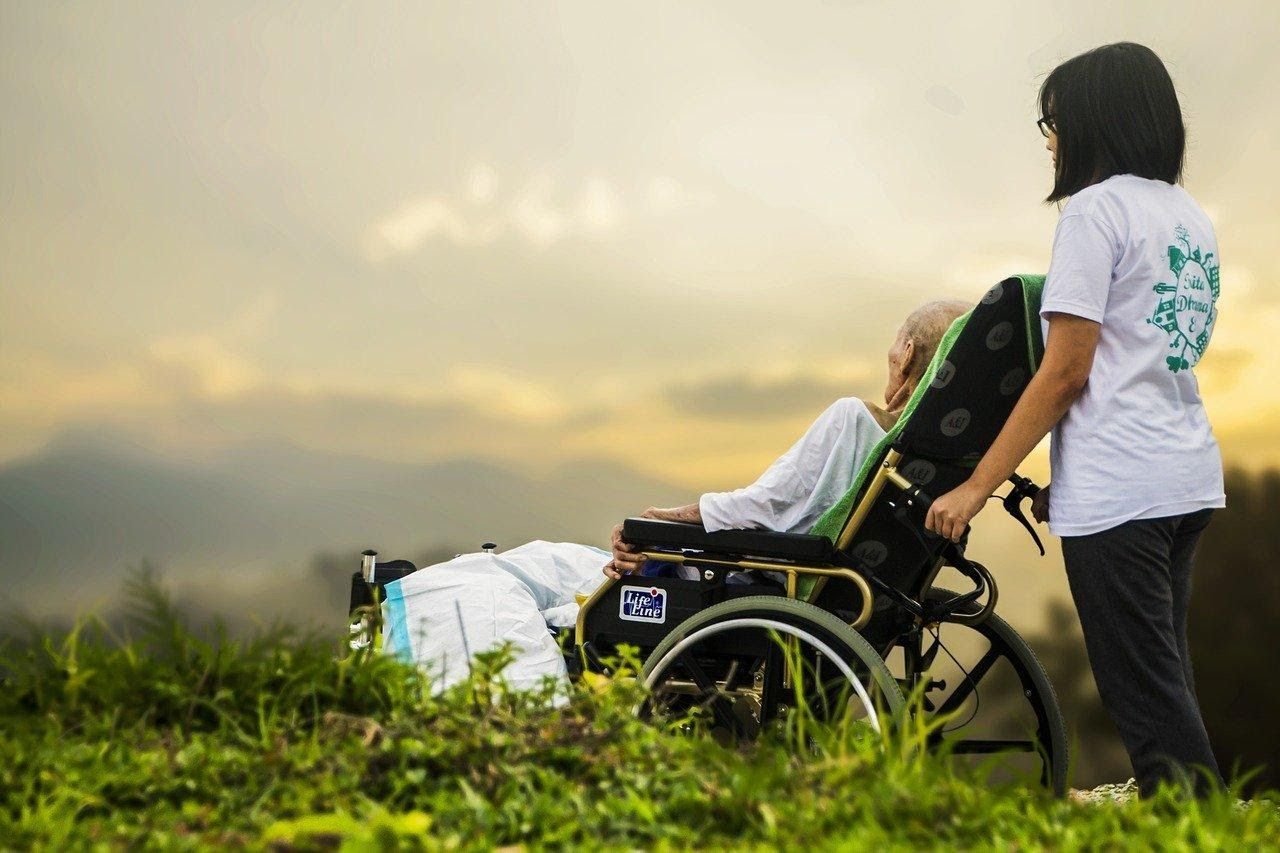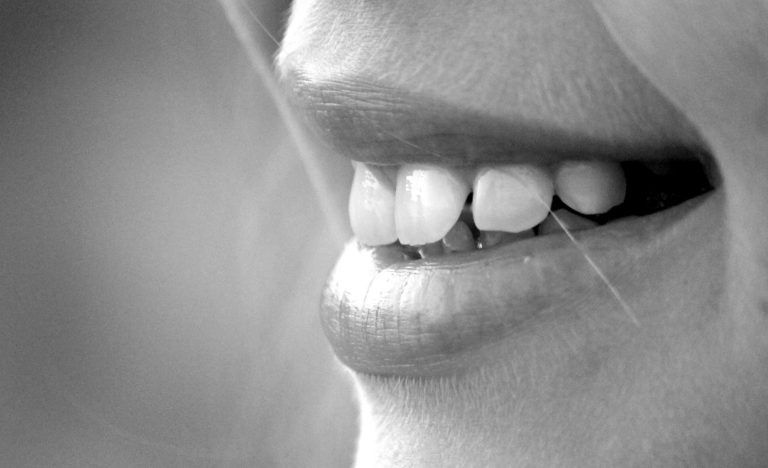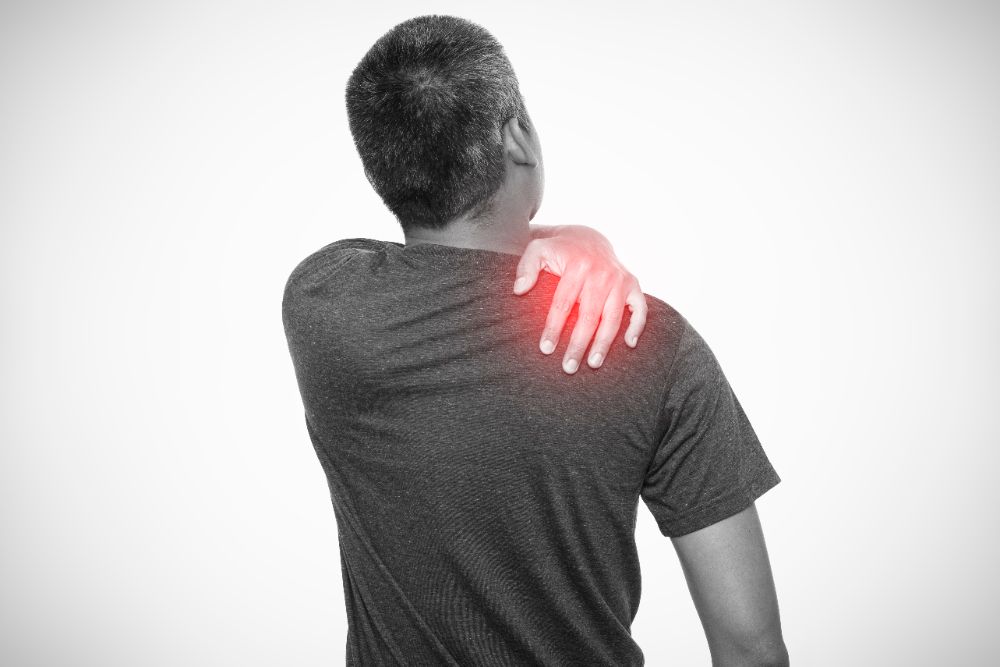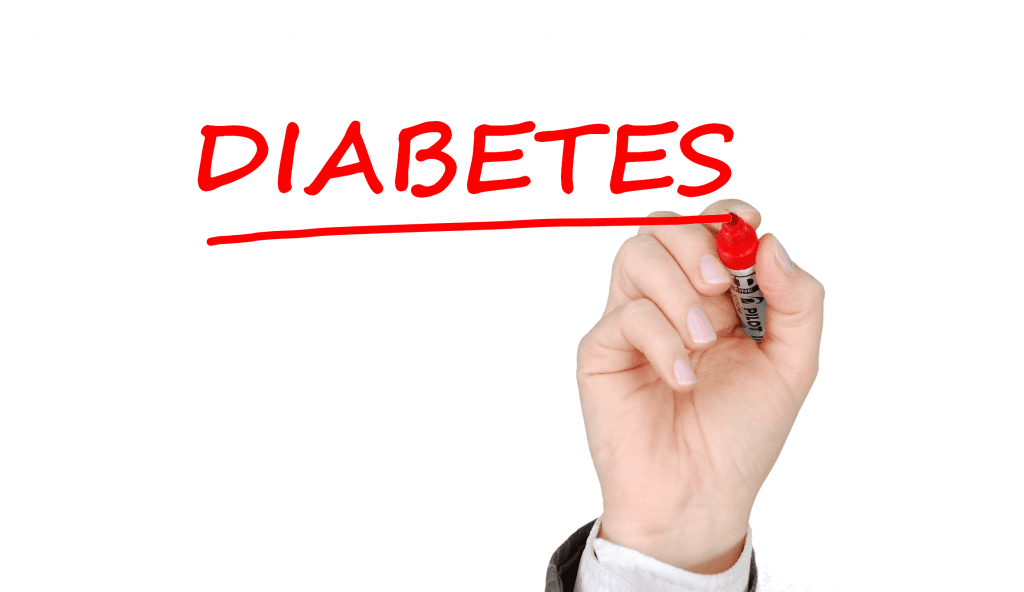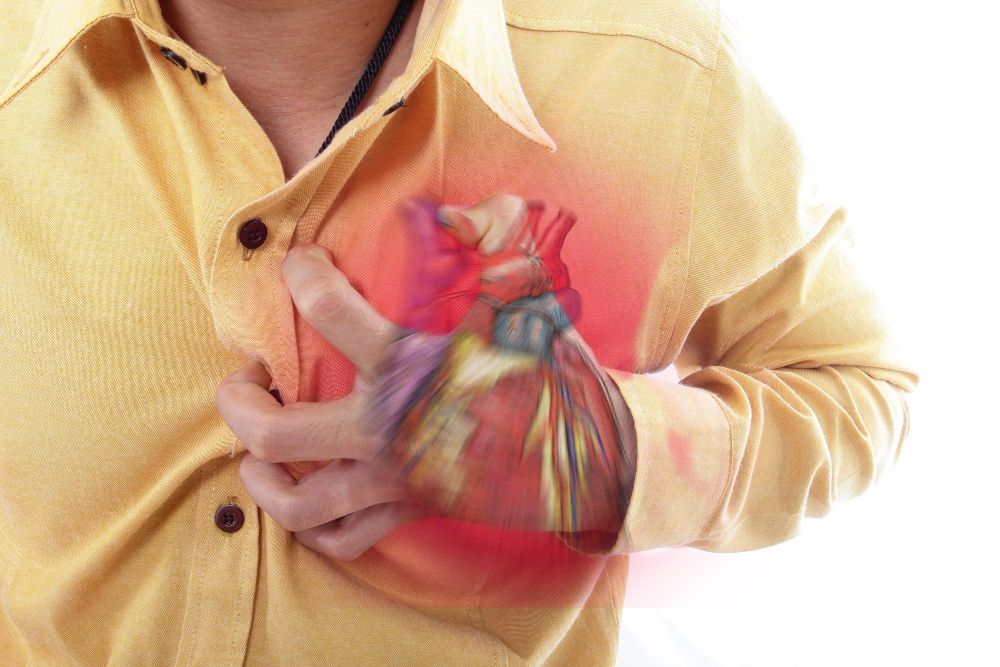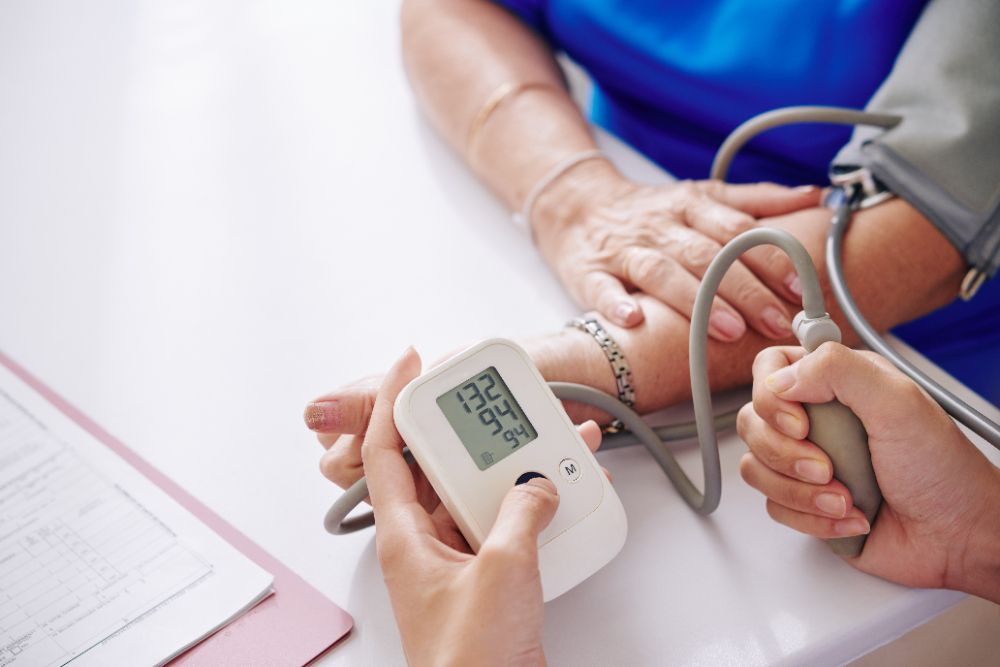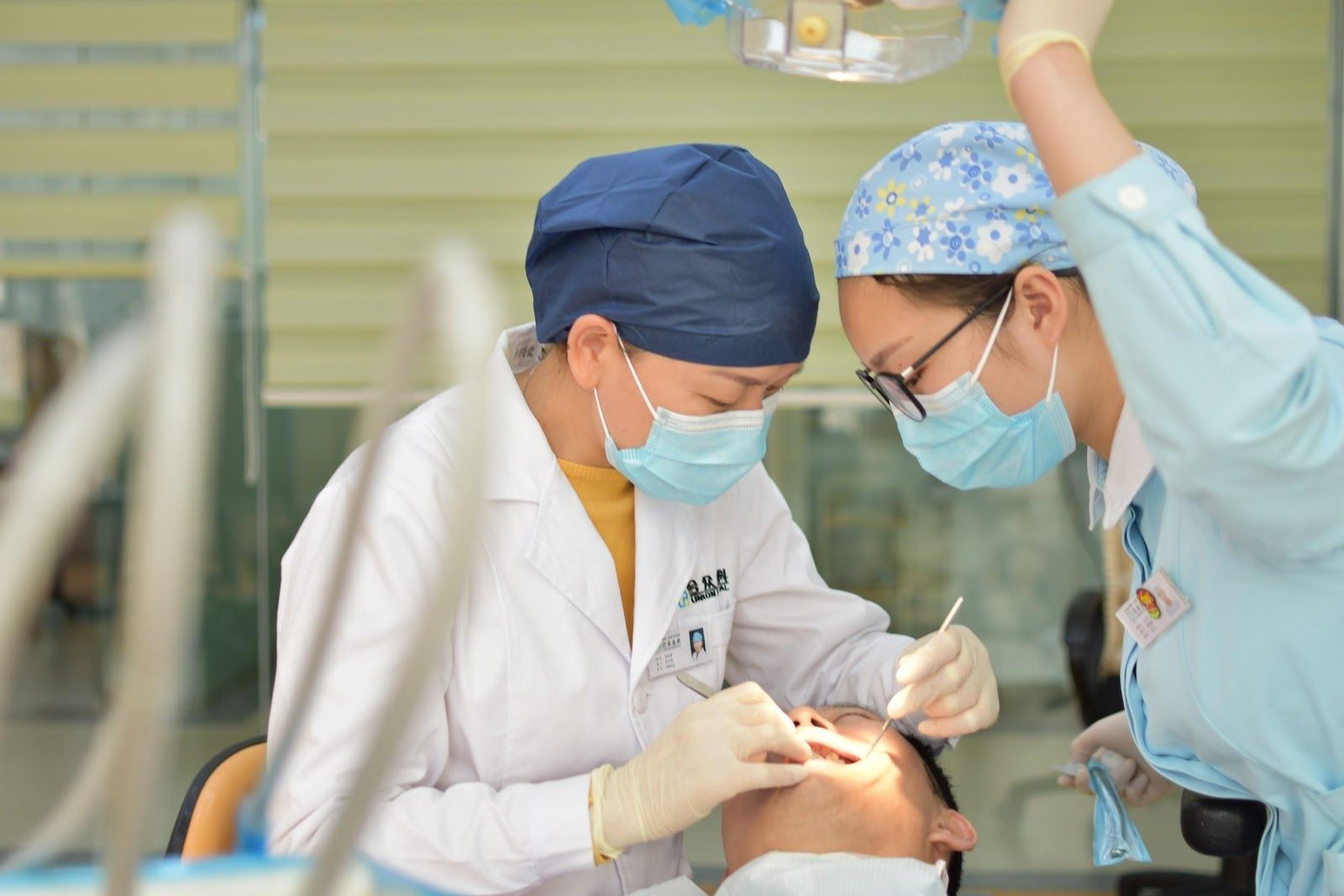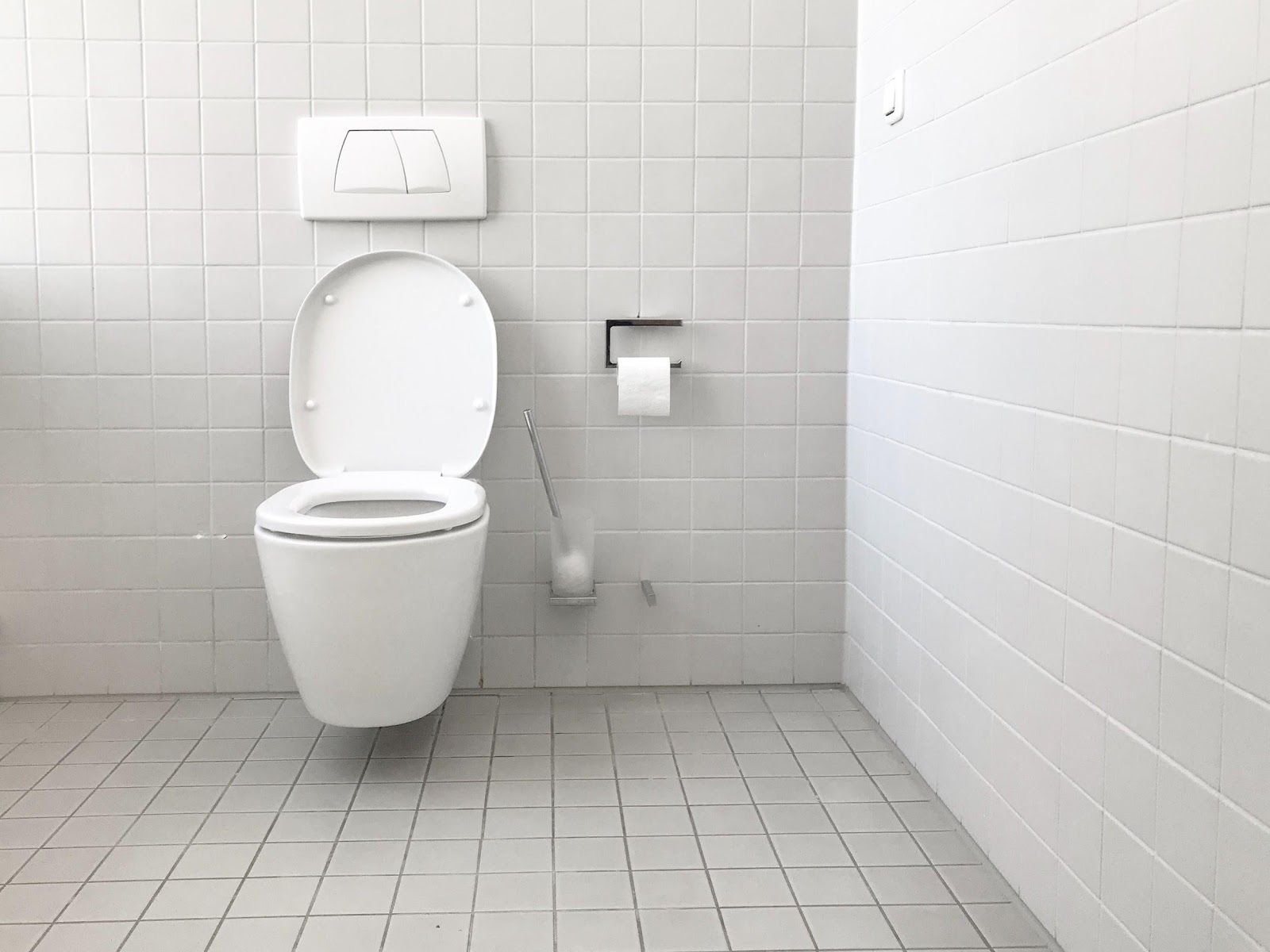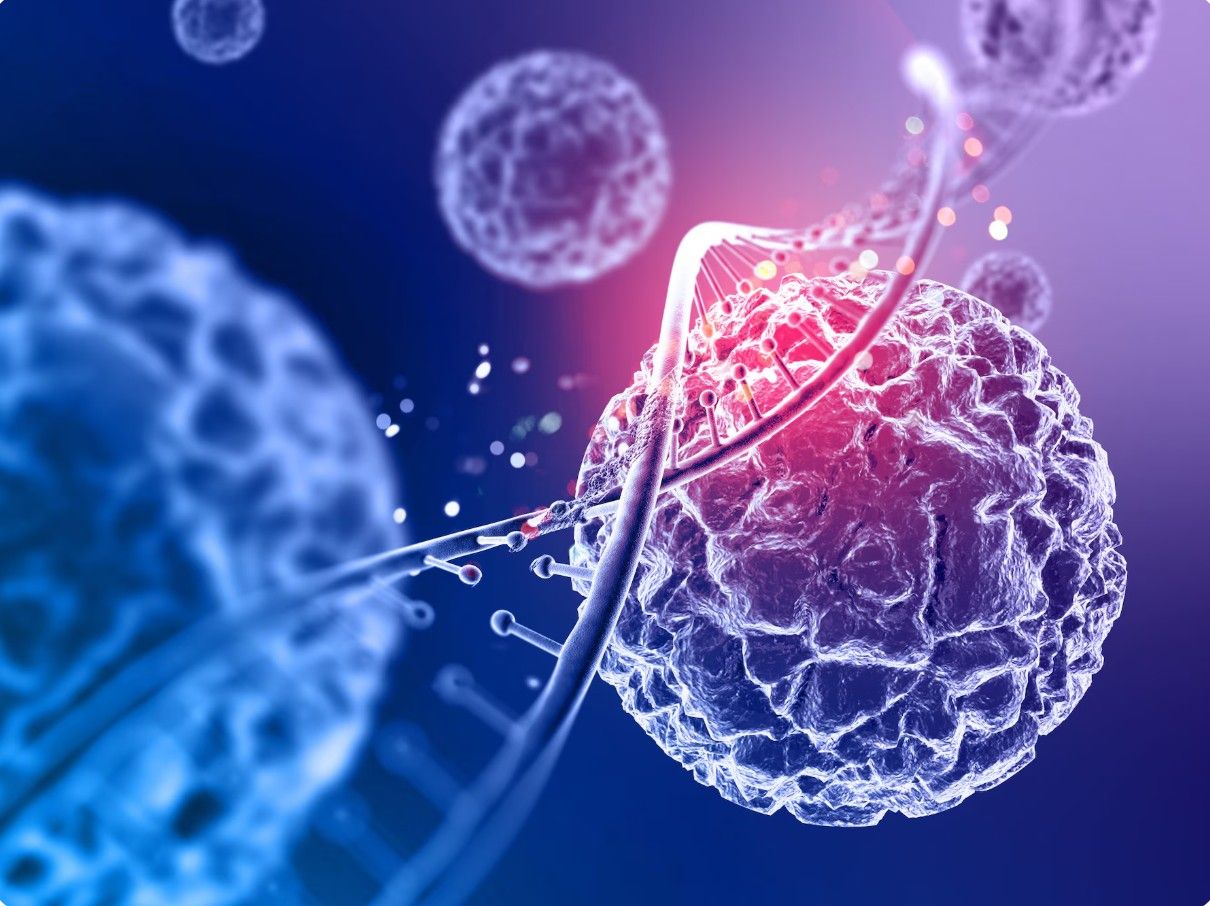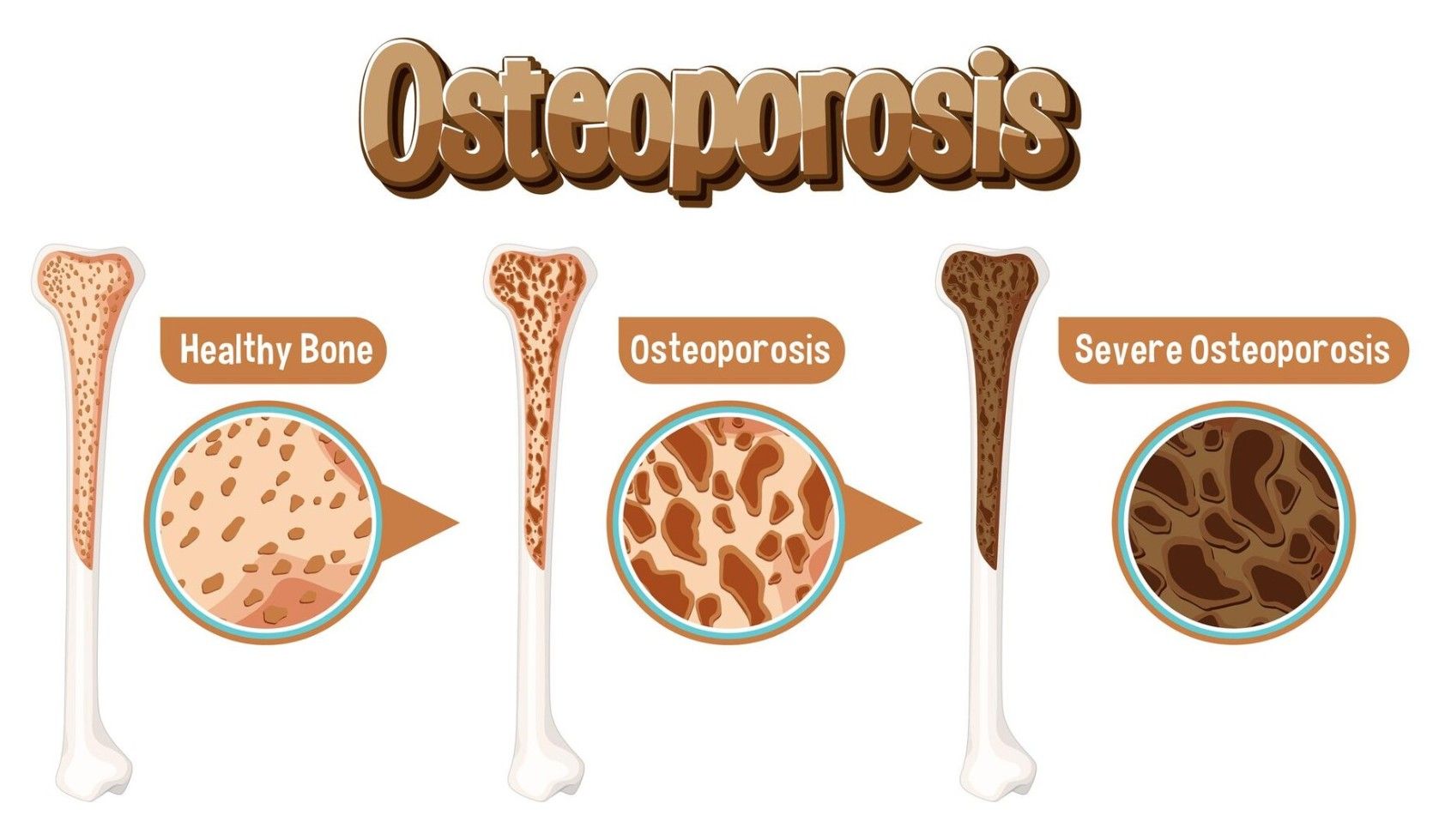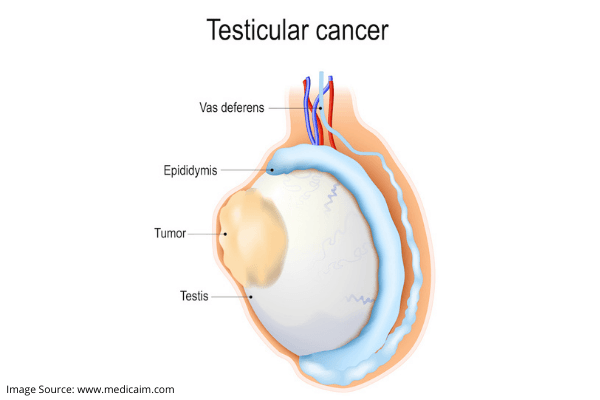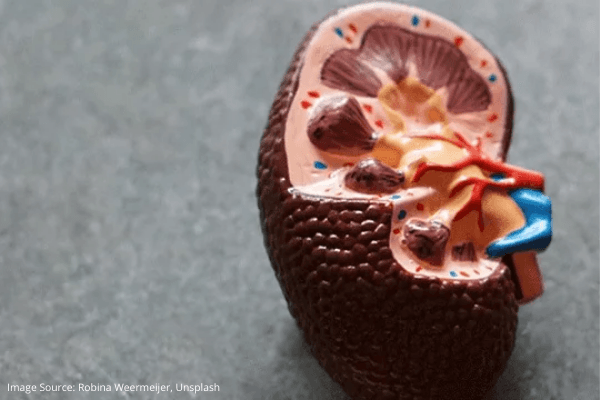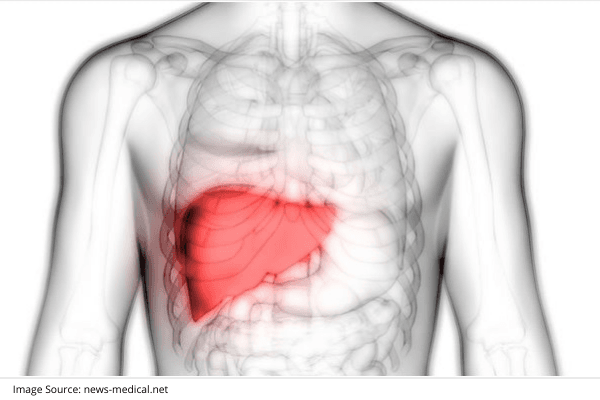General Fractures
A bone fracture is a medical term for a shattered bone. Fractures are commonly caused by traumas like falls, automobile accidents, and sports injuries. However, various medical problems and repetitive stresses (such as jogging) can raise your chance of developing specific types of fractures. If you break a bone, you may require surgery to fix it. For some people, a splint, cast, brace, or sling is all they need to mend their bones. The time it takes to fully recover is determined by which of your bones are shattered, where the fracture is, and what caused it.
**Symptoms **
Symptoms of bone fractures include:
- Pain.
- Swelling.
- Tenderness.
- Inability to move a part of your body like you usually can.
- Bruising or discoloration.
- A deformity or bump that's not usually on your body.
**Causes **
Traumas almost always cause bone fractures. Anything that hits one of your bones with enough force can break it. Some of the most common causes include:
- Car accidents.
- Falls.
- Sports injuries.
**Diagnosis **
Your doctor will use a physical exam and imaging studies to identify a bone fracture. This may be done at the emergency room if you are admitted after a trauma. If you're rushed to the ER, a team of providers will stabilize you and treat your injuries in order of severity, especially if they're life-threatening. Once you've been stabilized, you'll require imaging testing to confirm any fractures. You'll need at least one of the following imaging tests to obtain photos of your fracture:
- X-rays: An X-ray can confirm fractures and show how damaged your bones are.
- Magnetic Resonance Imaging (MRI): Your doctor may use an MRI to get a complete picture of the damage to your bones and the area surrounding them. An MRI will also show tissue surrounding your bones, such as cartilage and ligaments.
- CT scan: A CT scan, as opposed to an X-ray, will provide your doctor or surgeon with a more thorough image of your bones and surrounding tissue.
- Bone scan: Medical professionals use a bone scan to identify fractures that are not visible on an X-ray. This scan can help detect some fractures, but it takes longer—typically two visits spaced four hours apart.
Treatment
The treatment for a fracture is determined by its type, the cause, and the extent of the damage to your bones.
- Immobilization: If your fracture is minor and your bones have not moved much out of position (if it is non-displaced), you may only require a splint or a cast. Splinting often lasts three to five weeks. If you need a cast, it will most likely last longer, usually six to eight weeks. In both circumstances, you'll likely require follow-up X-rays to ensure your bones are healing properly.
- Closed reduction: More serious fractures necessitate a closed reduction to set (realign) the bones. During this non-surgical process, your provider will physically push and pull your body from the outside to align your shattered bones inside you.
- Bone fracture surgery: Some bone fractures necessitate surgery. There are a few procedures your surgeon may utilize depending on the type of fracture you have and the extent of the damage to your bones.
- Internal fixation: Your surgeon will realign (set) your bones in the proper position and then fix them in place so they can mend and grow together. They typically do an internal fixation, in which your surgeon inserts metal bits into your bone to hold it in place while it heals. To ensure that your bone heals completely, you will need to limit your use of that section of your body.
- External fixation: You may need an external fixation. Your surgeon will insert screws into your bone on each side of the fracture within your body and attach them to a brace or bracket around the bone outside your body. This is usually a temporary method of stabilizing your fracture and allowing it to heal before undergoing an internal fixation.
- Arthroplasty: You may require an arthroplasty (joint replacement) if you break a joint, such as your knee, elbow, or shoulder. The injured joint will be removed and replaced with an artificial joint by your surgeon. The prosthesis, or prosthetic joint, can be made of heavy-duty plastic, ceramic, or metal. The replacement joint will move and look like your normal joint.
- Bone grafting: If your fracture is substantially displaced or your bone is not mending properly, bone grafting may be required. To repair your damaged bone, the surgeon will introduce more bone tissue. Following that, they will typically conduct an internal fixation to keep the pieces together while your bone heals.
Prevention
Follow these general safety tips to reduce the risk of injury:
- Always wear your seatbelt.
- Wear the right protective equipment for all activities and sports.
- Make sure your home and workspace are free from clutter that could trip you or others.
- Always use the proper tools or equipment at home to reach things. Never stand on chairs, tables, or countertops.
- Follow a diet and exercise plan that will help you maintain good bone health.
- Talk to your provider about a bone density test if you're older than 50 or if you have a family history of osteoporosis.
- Use your cane or walker if you have difficulty walking or have an increased risk of falls.
Fractures are common injuries that can impact everyone, from athletes to the elderly. Fractures, whether mild or severe, can have serious consequences for everyday living, mobility, and general health. Most fractures heal well with appropriate medical care, treatment, and rehabilitation, allowing people to resume their typical activities. By taking preventative steps, maintaining bone health, and seeking immediate treatment for fractures, individuals can lower their risk of future bone injuries and live a healthier, more active life.
Ten Effective Remedies That You Can Refer to When You Are Suffering from Muscle Cramps
Finally starting off with the gym life can get too overwhelming until you hit those muscle cramps along with the weights.
Skin Tags - Benign Tumor or Cancerous Tumor?
Skin tag if observed is a narrow stalk that hangs about your skin, bulging at the end. They are usually freshly colored and can grow anywhere on your body.
Rotator Cuff Tear
A rotator cuff tear is a rotator cuff injury that can cause shoulder pain and loss of arm function. The rotator cuff is a set of muscles and tendons in your shoulder.
Importance of Parental Counselling
Right from the moment you tell your friends and family about your pregnancy, little hints keep coming your way on parenting your unborn child!
Taking Care of a Terminal Patient? Here Are Six Ways to Help Them to the Fullest
A terminally ill patient is someone who has a relatively short life expectancy. Terminally ill people are usually shifted from an actively curative medicinal regime
Stages of Tooth Decay and Their Treatment Options
Tooth decay refers to the degradation process of the structure of the tooth resulting in permanent damage.
12 Home Remedies for Dry Cough
The flu, common cold, asthma, cigarette smoke exposure, and other conditions can all cause a dry cough. Home remedies such as honey, peppermint, and air purifiers may be beneficial.
Shoulder Dislocation
Shoulder dislocation occurs when the bones of your shoulder joint are pushed or forced out of their normal positions.
5 Facts to Keep in Mind for Your Monthly Menstruation Cycle
Our menstruation indicates multiple activities within your body. Every month, your uterus forms a thicker lining for the ovary to release an egg for a possible pregnancy.
Different Types of Diabetes
Junk food and increasing physical activity are leading to a worldwide epidemic of obesity, resulting in diseases like diabetes
Dilated Cardiomyopathy
Dilated cardiomyopathy is a form of heart muscle illness in which the heart chambers (ventricles) weaken and stretch, becoming bigger.
Hypertension (High Blood Pressure)
High blood pressure, also known as hypertension, is a condition in which the blood flow against the inner walls of the arteries is persistently high.
3 Cosmetic Dentistry Procedures You Did Not Know About
Over the past few years, cosmetic dentistry has undergone significant evolution in society. With the increasing demand for cosmetic dentistry, it is no longer a luxury; it has become a necessity.
5 Lifestyle Changes That Will Help with Your Urinary Incontinence
Urinary Incontinence is quite a painful and embarrassing condition to have. It refers to the loss of bladder control, which can vary from a slight release of urine after sneezing, coughing, or laughing, to a complete inability to control urination.
5 Tips This Summer to Avoid Heatstroke
Certain jobs demand fieldwork in the scorching heat. The warm weather, bright sun, and the blue skies are not always an excellent working environment for them at all.
6 Home Remedies for Yeast and Vaginal Infections
Yeast infection is common among women. You might have had the experience of irritating soreness and itching that prolonged for days due to not knowing about the cause.
Aortic Dissection
An aortic dissection is a tear in the aorta. This is the primary artery that transports oxygen-rich blood from your heart to the rest of your body.
Bariatric Surgery and Weight Loss
Bariatric surgery, also known as weight loss surgery, is performed on individuals suffering from obesity. It involves a variety of procedures that help maintain long-term weight loss and also aid in treating obesity.
Best Foods to Cleanse Your Liver
Your liver is one of the largest organs in your body and its primary function is to filter the system by converting toxins to waste products, cleansing your blood and process various nutrients.
Infertility and its Major Causes and Treatments
Infertility is an issue that’s on the rise – not just in India but all over the world. It’s estimated that, on average, one out of every six couples has had issues with infertility.
Precautions to be Taken to Avoid Eosinophilia
Let’s begin with talking about eosinophils – they are just a type of white blood cells that are laden with reactive chemicals which get released under specific conditions to cause mayhem in the body
What is BMD Assessment and its Significance in Treating Osteoporosis
Osteoporosis is that creepy monster lurking in the dark, waiting to manifest itself as you age and get less active.
Signs of Testicular Cancer
Men have a pair of testicles located in a sac-like pouch called the scrotum. It forms part of their reproductive system and are responsible for sperm production.
Signs and Symptoms of Kidney Stone
Your kidneys are very important organs in the body; they regulate water content, filter waste from blood, and produce hormones.
Treatment For Liver Failure
Treatment for liver failure depends largely on the causative agent; for example of it’s due to hepatitis virus infection, then hydration and supportive care needs to be provided while the body’s immune system fights back. If it’s due to gallstones,
Related Blogs
Ten Effective Remedies That You Can Refer to When You Are Suffering from Muscle Cramps
Finally starting off with the gym life can get too overwhelming until you hit those muscle cramps along with the weights.
Skin Tags - Benign Tumor or Cancerous Tumor?
Skin tag if observed is a narrow stalk that hangs about your skin, bulging at the end. They are usually freshly colored and can grow anywhere on your body.




